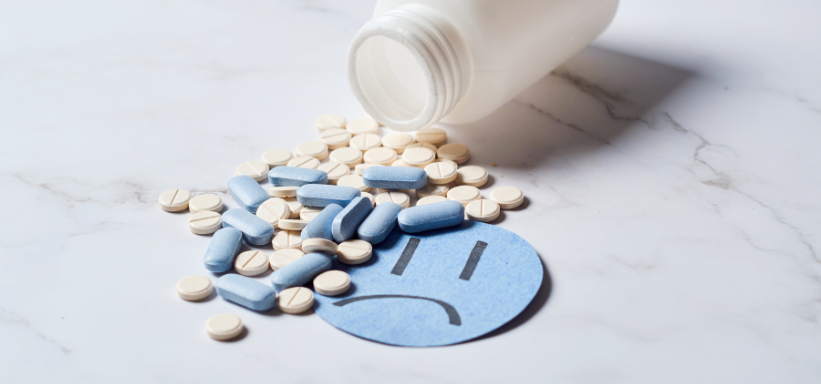Ketamine Treatment and Depression Relief: What to Expect

Ketamine therapy has quickly become a promising option for individuals facing treatment-resistant depression—especially those who haven’t responded well to antidepressants or traditional therapy.
But if you’re considering it, one common question naturally comes up:How long do the effects of ketamine last—and how often will I need treatment?
The short answer: Relief can come quickly, sometimes within hours, but how long it lasts depends on several factors—including your mental health history, how your body responds, and what kind of support you receive after treatment.
What Does a Typical Ketamine Treatment Series Look Like?
Most ketamine clinics recommend an initial treatment phase consisting of:
- 6 IV infusions (or oral/nasal doses)
- Administered over 2 to 3 weeks
This short series is designed to:
- Stabilize mood
- Interrupt negative thought patterns
- Build a strong foundation for long-term healing
Patients typically report noticeable mood improvement after the first 1–3 sessions—with full benefits developing over the full course.
How Long Do the Effects of Ketamine Last After Initial Treatment?

For many patients, symptom relief lasts:
- Days to weeks after the first infusion
- Several weeks to a few months after completing the initial series
The exact timeline varies by individual, but in clinical practice, the average duration of benefit is:
- 2 to 6 weeks after the initial series (without maintenance)
Some individuals experience lasting improvement for 3 months or longer, especially when the treatment is supported by:
- Therapy (CBT, integration work)
- Lifestyle changes (sleep, nutrition, movement)
- Medication management (when appropriate)
What Is Ketamine Maintenance Therapy?

After the initial series, many patients benefit from ongoing “booster” treatments, often called maintenance sessions.
What that might look like:
- 1 infusion every 3–6 weeks, depending on your symptoms
- Adjustments made over time to reduce frequency as needed
- Therapy and support between sessions to keep symptoms from returning
There’s no one-size-fits-all plan—some people need maintenance every few weeks, others go months without needing a booster.
Factors That Affect How Long Ketamine Relief Lasts
Chronic or long-term depression may require more frequent boosters.
Major stress, grief, or trauma can shorten the gap between treatments.
Anxiety, PTSD, or chronic pain may influence how long relief lasts.
Those with access to therapy, family support, and healthy habits often sustain benefits longer.
IV infusions tend to offer more consistent results than oral lozenges or nasal sprays—but all can be effective when properly managed.
How to Make Ketamine Relief Last Longer
While ketamine can “lift the fog,” maintaining mental clarity and balance takes ongoing support.
Here are a few ways to extend the benefits:
- Engage in talk therapy: Especially integration-focused or trauma-informed therapy
- Establish sleep and nutrition routines: A regulated body supports a regulated mind
- Practice stress-reduction techniques: Breathwork, gentle movement, journaling
- Build consistent habits: Even 15 minutes of sunlight or activity can strengthen mood regulation
- Maintain regular follow-ups: Don’t wait for symptoms to crash—plan ahead
FAQs: Ketamine Treatment Duration


The infusion itself usually lasts 40–60 minutes, followed by a short recovery period at the clinic.
Some patients feel better within hours. Most notice change after 1–3 sessions.
Relief can last several weeks after a full series. Maintenance helps extend benefits.
Typically every 3–6 weeks—but some go longer between sessions depending on progress.
Yes, if symptoms improve. But most benefit from periodic follow-ups to prevent relapse.
This may mean you need additional support—either in the form of therapy, medication review, or adjusting your treatment plan.
It doesn’t “cure” depression, but it can offer powerful relief and open the door to healing.
Final Thoughts: Relief That Lasts—With the Right Support
Ketamine therapy doesn’t end when the IV drip stops. It’s the beginning of a reset—a window of clarity where healing can take root.
For many people, the initial relief is profound. But lasting change happens when that relief is supported by consistent care, self-awareness, and the right tools.
Whether you’re just starting out or wondering how to keep the progress going, you don’t have to figure it out alone.





